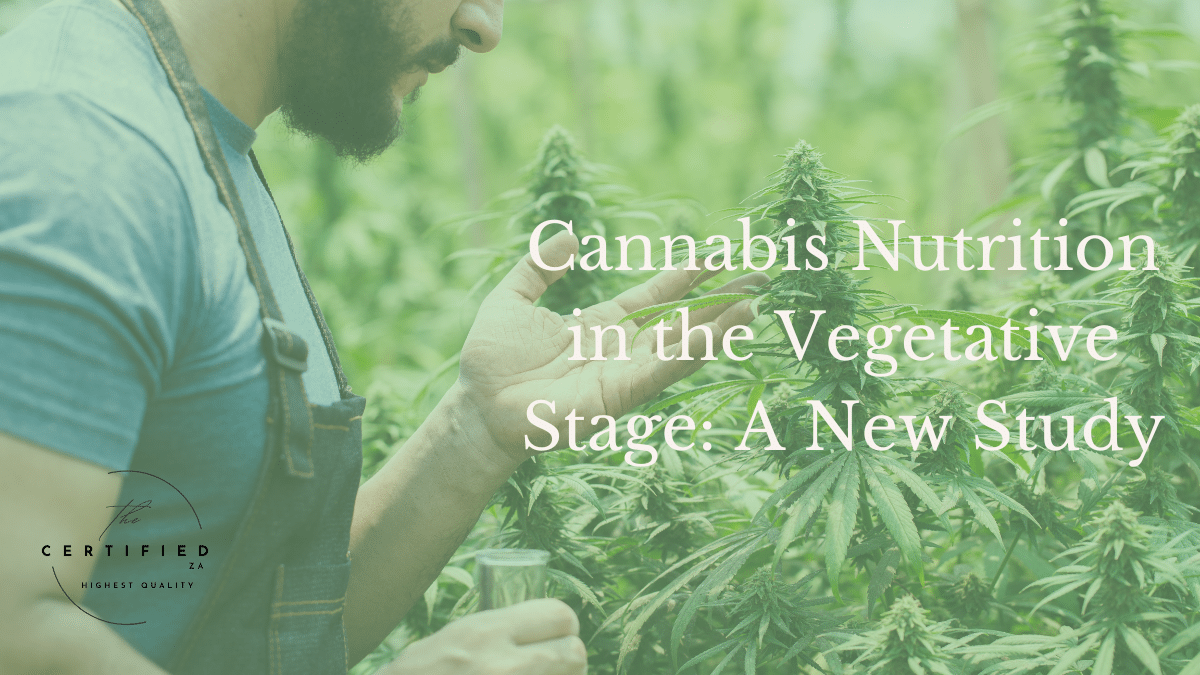
For cultivators, navigating cannabis nutrition can feel like a constant quest for the perfect recipe. Unlike established agricultural crops with decades of dedicated research, the science of cannabis cultivation is still rapidly evolving, driven in part by recent legalisation and increasing commercial interest in this high-value plant. Finding precise, data-backed guidance on feeding schedules and nutrient ratios remains a key challenge for growers aiming to maximise both yield and quality.
This is precisely why studies like the recent publication by Kpai et al. (2024) in Frontiers in Plant Science are so valuable. They took a rigorous, scientific approach to evaluate the mineral requirements of cannabis during the critical vegetative stage, focusing on the interplay between the three primary macronutrients: Nitrogen (N), Phosphorus (P), and Potassium (K). Let’s unpack this research to gain a more in-depth understanding of its findings and how they might inform your cultivation strategy.
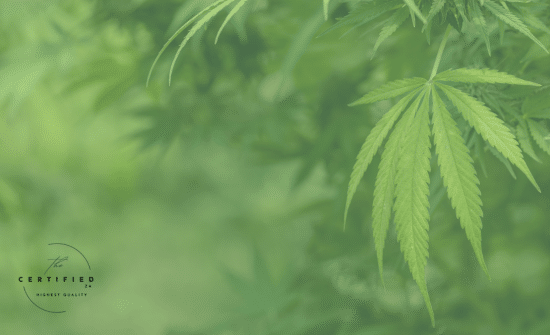
The Research at a Glance: What, How, and Why It Matters
The Focus: The study specifically investigated the impact of different combinations and concentrations of N, P, and K on the vegetative growth of a particular medical cannabis strain, “The New,” grown in a Deep-Water Culture (DWC) hydroponic system. The vegetative phase is when cannabis plants build their structural framework – developing strong stems, a robust root system, and ample foliage – all essential for supporting vigorous flowering and heavy buds later on.
The Method: To move beyond simply testing nutrients one at a time, the researchers employed Response Surface Methodology (RSM). This advanced statistical technique allowed them to evaluate how N, P, and K interacted with each other across a range of concentrations simultaneously. In a DWC system, plant roots are suspended directly in the nutrient solution, providing a controlled environment ideal for precisely manipulating nutrient levels and observing direct plant responses. They grew clones of the cannabis strain in these DWC units for a two-week vegetative period.
Why it Matters: Because the medical and adult-use cannabis market is a high-stakes industry, optimising every stage of growth is crucial for profitability and consistency. So many of us don’t want to admit this. But yes, it is a commercial product at scale. Understanding the nuanced nutritional needs of the plant, including how different key nutrients interact, helps growers use fertilisers more efficiently, potentially reducing costs and minimising environmental impact from nutrient runoff – a significant concern in many agricultural regions. Personally, I am an organic grower. But the reality is that on large-scale commercial farms, things are done differently. Research like this makes a difference to those farmers on scale who care but are still bound by traditional methods. I recognise that not everyone can just make a flip from chemical-based fertilisers to full organic integrations. The amount of food produced will significantly drop, which will not be good. But I digress.
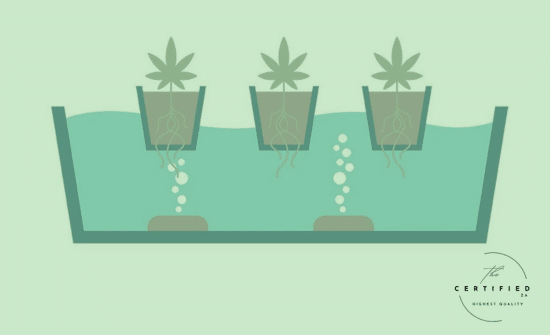
Peeling Back the Layers: What They Measured
To get a comprehensive picture of plant health and growth under varying nutrient conditions, the researchers measured a wide array of parameters throughout the study:
- Physical Growth Metrics: This included plant height, width, stem diameter, number of branches, and number of leaves. They also calculated a Growth Index (combining height and width) for an overall measure of size.
- Biomass Accumulation: They carefully weighed the fresh and dry mass of leaves, stems, and roots to understand how nutrients influenced the total amount of plant material produced.
- Leaf Function: Leaf area (total surface for photosynthesis) and specific leaf area (ratio of leaf area to dry leaf mass) provided insights into the plant’s photosynthetic capacity and resource allocation.
- Chlorophyll Content: Measured for both chlorophyll a and b, this directly indicates the plant’s ability to capture light energy for growth.
- Nutrient Use Efficiency: This metric is vital from a sustainability perspective, showing how effectively the plant converts the supplied N, P, and K into biomass.
- Leaf Tissue Elemental Analysis: Critically, they didn’t just look at what was in the solution but also what nutrients were taken up and present in the plant leaves. This provides a benchmark of optimal internal nutrient levels associated with healthy vegetative growth.
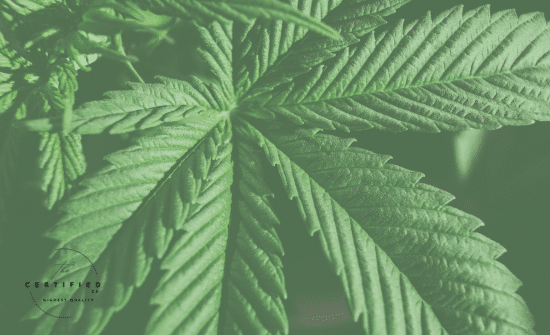
Key Discoveries: The Science Behind the Feed
The study yielded several significant findings, offering deeper insights into cannabis vegetative nutrition in hydroponics:
Nutrient Interactions Rule Vegetative Growth: The RSM approach powerfully demonstrated that the interactions between N, P, and K were far more influential than the effects of individual nutrients in isolation for most vegetative growth parameters. The interplay between N x K, K x P, and the combined N x P x K significantly affected everything from root and stem mass and diameter to leaf area, chlorophyll content, and nutrient use efficiencies. This confirms that achieving optimal vegetative growth isn’t about hitting specific high numbers for each nutrient individually, but about finding the right balance in the solution.
Optimal Nutrient Levels Within the Leaves Identified: By analysing the plant tissues, the researchers could pinpoint the target internal nutrient concentrations associated with desirable growth. For the specific cannabis accession used, the optimal leaf tissue levels were found to be:
- Total Nitrogen (TN): 0.54 mg g⁻¹
- Phosphorus (P): 0.073 mg g⁻¹
- Potassium (K): 0.27 mg g⁻¹
- Calcium (Ca): 0.56 mg g⁻¹
- Sulfur (S): 0.38 mg g⁻¹
Monitoring leaf tissue levels and comparing them to these benchmarks could be a valuable diagnostic tool for growers to ensure their plants are effectively taking up and utilising nutrients. The study also noted an interesting observation: Phosphorus seemed to be stored in the leaves rather than immediately used for vegetative growth in this phase, potentially explaining why lower P levels in the solution were found to be optimal for the vegetative stage.
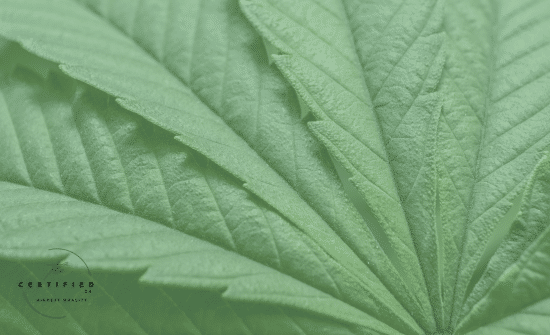
P and K Can Impact Magnesium Uptake: The study found a clear interaction where increasing concentrations of Phosphorus and Potassium in the nutrient solution led to a decrease in the Magnesium (Mg) concentration within the leaves. Nitrogen levels, however, did not show this antagonistic effect on Mg. This highlights a specific nutrient competition dynamic that growers should be aware of, as inadequate Mg can lead to deficiencies visible as yellowing between leaf veins. Ensuring sufficient, but not excessive, P and K relative to Mg is important.
Data-Backed Nutrient Solution Recommendations for Vegetative Hydro: Synthesising their findings across all measured parameters, and focusing on maximising both desired growth and nutrient use efficiency, the study provided specific nutrient solution recommendations for Cannabis sativa in the vegetative stage within a hydroponic system:
- Nitrogen (N): 160–200 mg L⁻¹
- Phosphorus (P): 30 mg L⁻¹
- Potassium (K): 60 mg L⁻¹
These levels represent the researchers’ data-driven optimal range based on their experimental conditions and the specific cultivar studied.
Implications for Your Grow
These findings offer practical insights, particularly for hydroponic growers in the vegetative phase:
- Rethinking Phosphorus: The recommended Phosphorus level of 30 mg L⁻¹ is notably lower than what is sometimes recommended in general cannabis feeding charts or philosophies that may push higher P even in veg to “prepare” for flower. This study suggests that for vegetative growth specifically, lower P levels are optimal when N and K are balanced, and excess P might not translate to better growth, potentially just being stored.
- Balance Over Broad Strokes: Forget chasing excessively high numbers for individual nutrients. This research emphasises that the ratio and interaction between N, P, and K are paramount. Using a balanced approach like the recommended 160-200 N, 30 P, 60 K could unlock better vegetative performance and efficiency.
- Efficiency and Sustainability: Adopting nutrient levels closer to these scientifically backed optimums means less wasted fertiliser. This translates directly into cost savings and reduced environmental impact, aligning with more sustainable cultivation practices.
- Adaptation is Key: While this study provides a powerful benchmark, remember it was conducted with a specific cannabis accession in a DWC system. Different cultivars may have slightly varied needs, and other growing methods (like coco coir, soil, or aeroponics) have different nutrient dynamics. Use these recommendations as an educated, science-based starting point for your hydroponic vegetative feed, and continue to monitor your plants closely, making adjustments based on their specific responses. Observing leaf tissue nutrient levels could also be a valuable tool.
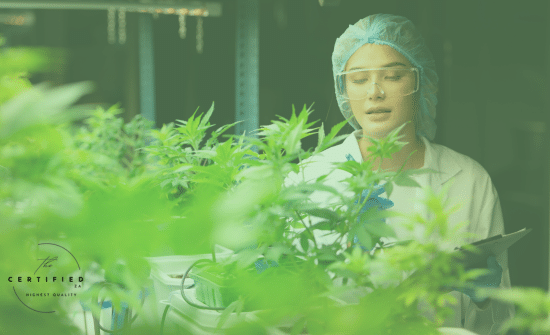
Our Final Take
The Kpai et al. (2024) study is an excellent example of the kind of rigorous, data-driven research that is elevating cannabis cultivation from art to science. By employing advanced techniques like RSM, they’ve provided clear evidence of complex nutrient interactions and offered specific, actionable recommendations for vegetative-stage hydroponic feeding. The insights into lower optimal P levels and the P/K-Mg interaction are particularly noteworthy.
This research is a critical piece in the larger puzzle of optimising cannabis nutrition across all stages and systems. As more studies like this emerge, growers will have increasingly precise tools to achieve maximum yield, quality, and sustainability. If you’re currently in the vegetative phase in hydroponics, considering the 160-200 N, 30 P, 60 K recommendation from this study is a great way to leverage cutting-edge science in your cultivation practices.
What are your thoughts on these findings? Will you be adjusting your vegetative feed based on this research?
